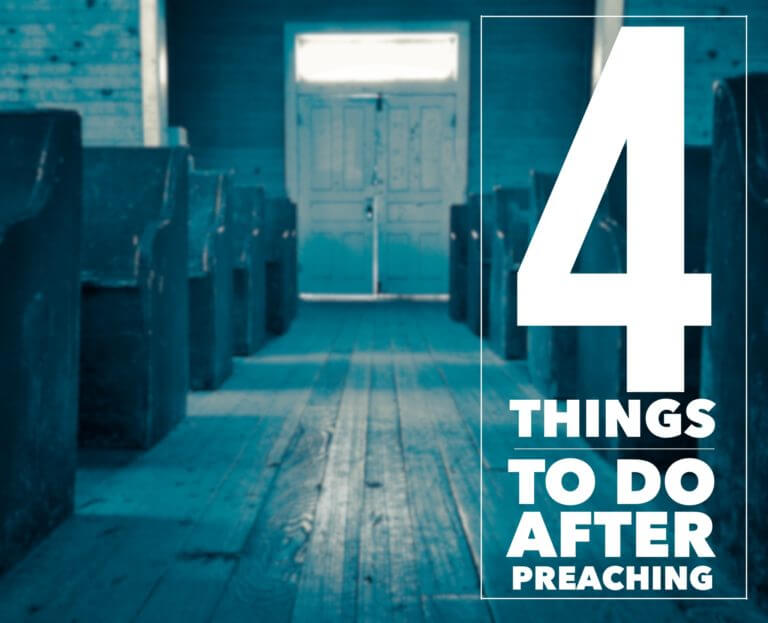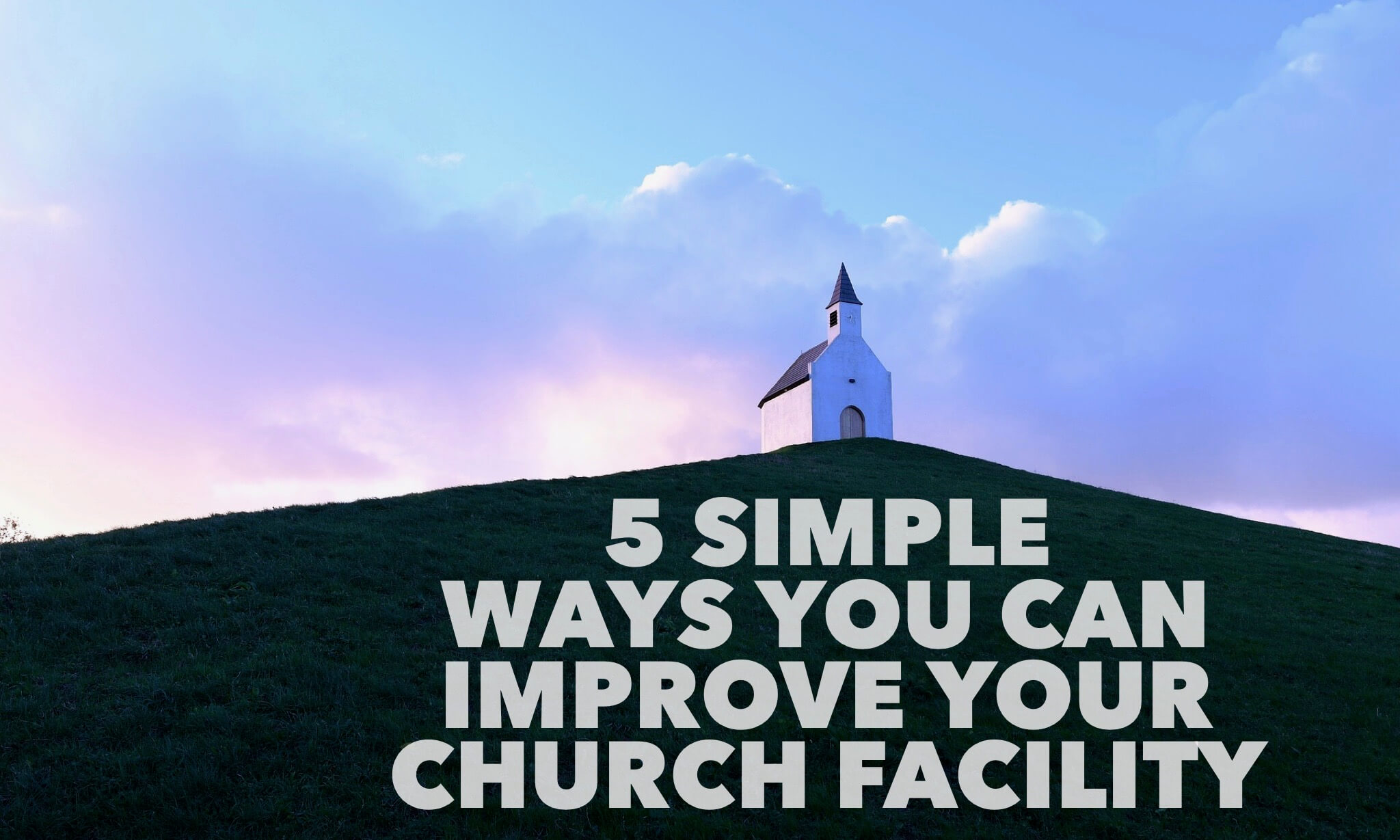Long Live the Sermon: 11 Steps to Extend the Life of Your Message
The average pastor spends 8-15 hours a week on sermon preparation. Great preaching requires this time at least.
But did you know that after 24 hours, people only remember around 25% of what you say, and within a week they may remember only 10% or less?
Most people in your church can’t even remember what you said two weeks ago.
How sad is that?
You labor 8-15 hours a week to write and preach a message that has a lifespan no longer than the average house fly.
But it doesn’t have to be this way. Your sermon does not have to die young.
You can get more from the hours you invest every week.
Here are 11 steps to extend the life of your sermon:
1. Write the Sermon
Whether you create an outline or write a full manuscript, do what you do every week in your sermon preparation.
Write your message, and check out this book if you need help.
2. Record it on Video
Record your message.
Find a volunteer to operate a camera every week to record your entire sermon.
If you can afford it, invest in quality audio, video, and lighting gear up front. But if the budget is tight, start with the best camera you can afford and build from there.
Don’t skip this. Everything else hinges on this step.
3. Publish the video
Take your video, do a quick edit, and publish the full sermon on YouTube, Facebook, and/or your church website.
Again, you don’t have to do this yourself. Find a volunteer to help. Cast a vision to them about how God could use them and this ministry to help people.
If you can’t think of anyone who could help, I guarantee there is a teenager in your church that knows how to edit videos (probably better than you could).
Ask if they could help upload it for you when they are done too.
4. Pull Video Clips
Take the final video and pull out a few 2-3 minute highlights.
You can edit these with a little background music to make powerful clips that people will share with all of their friends on social media.
5. Pull the Audio
Extract the audio from your video. If you are not technologically inclined, it’s relatively easy.
Here’s how to do it on a Mac.
But don’t do all of this yourself if you can help it. Ask the person editing your videos to do this as part of the editing process. It won’t take them much time at all.
You’ll need the audio for the next step.
6. Publish the Audio
Upload your audio file to iTunes to create a podcast for your church.
Here is a great tutorial on everything you need to know to get started.
Podcasts continue to grow in popularity because they are remarkably portable.
Believe it or not, if you give them the opportunity, people will listen to your sermons while mowing the lawn, commuting to work, or going to the gym.
7. Transcribe the Audio
Get a full transcript of the audio.
Ask a volunteer or staff member to help. If you can spare a few dollars, outsource it with a tool like Rev to transcribe the audio for you.
If you write a full manuscript of your sermon, you could opt to skip this step and use a polished manuscript instead.
A transcript has multiple uses, as you will see in the steps below.
8. Publish the Transcript to a Blog
Publish the transcript on the church website or your blog. If the sermon is too long, you can edit it into multiple posts or condense it.
Content like this will help draw traffic to your site, and it’s another way people can interact with your sermon long after you preach.
9. Pull Quotes from Transcript
Next, pull out a handful short, Tweetable quotes from your sermon transcript (140 characters or less). Save them in a document or spreadsheet.
You can use only text, or level up your quote game by turning the quotes into graphics. Use a free tool like this one to make them fast.
Quotes are perfect for sharing on social media. They will remind people of the highlights of your message, and people will also share them to spread the word to all their friends.
10. Schedule Social Promotion
If you followed all of the steps above, you have created at least eight pieces of content: (1) a sermon video, (2-3) short clips, (4) a podcast, (5) a blog post, (6-8) and quotes.
Now, take all of this content and schedule it to post on your social media accounts.
Don’t post it all at once. Use a tool like Buffer to schedule it to post one a day over the course of 2-3 weeks.
I also recommend that you schedule a copy of the same post to go out a month or so in the future. You can even use a tool like Edgar to repost your best content for you continually. Otherwise, manually schedule them in Buffer.
People forget your sermons. They’ll appreciate the reminders.
11. Compile a Book
After you have done this for months, you have a ton of content at your disposal.
Why not take that 6-part series and compile it into a short ebook or a full-length book?
You already have the content written. Just polish it up, get help with the editing, and publish it.
You could use it as a free downloadable resource on your church website, for small group studies, or publish it on Amazon to spread the word and help support your ministry.
Congratulations
If you do this, you can turn every sermon into multiple pieces of content to reach more people and refresh the memories of your members.
Your sermon will no longer die just as fast as it was born. It will live on forever in the archives of the internet. And you can link to pieces of it over and over any time you want to revive it.
Don’t waste any more sermons.
Make those 8-15 hours of preparation a week last longer than one 30-minute message.
God can use the content of your sermon long after you stop speaking.




